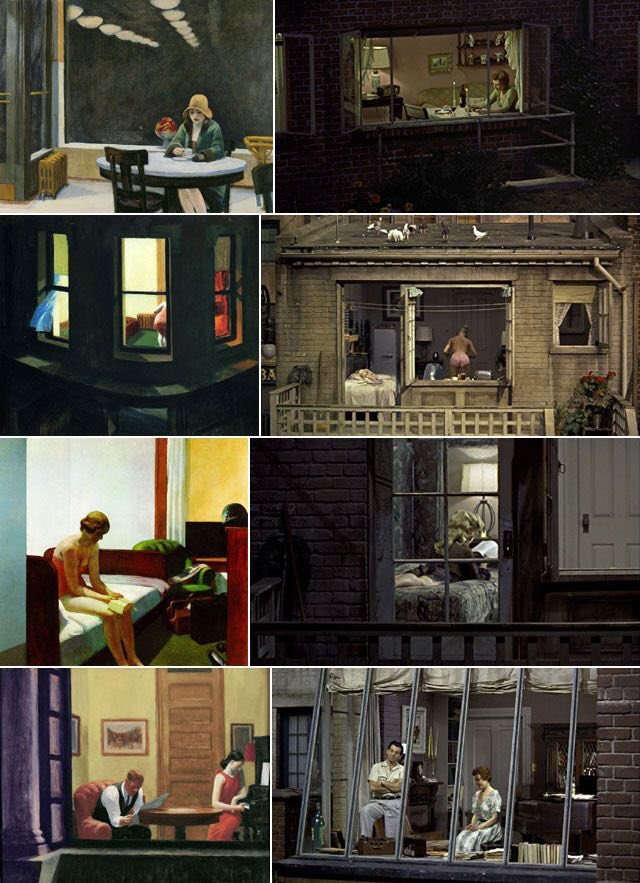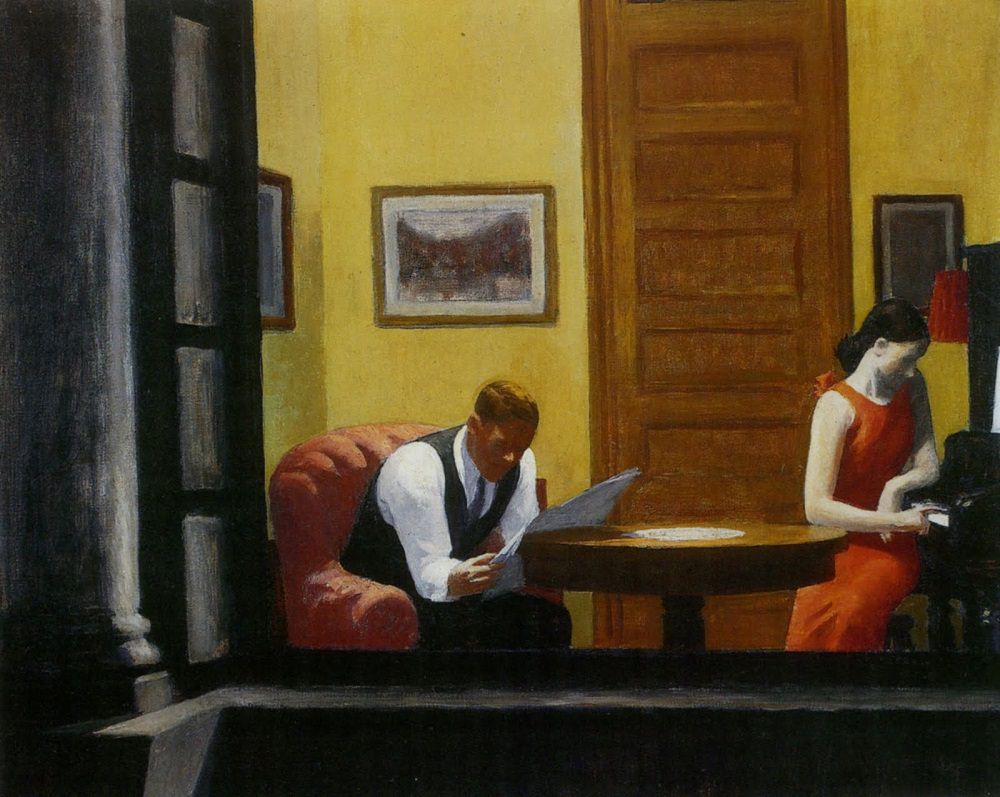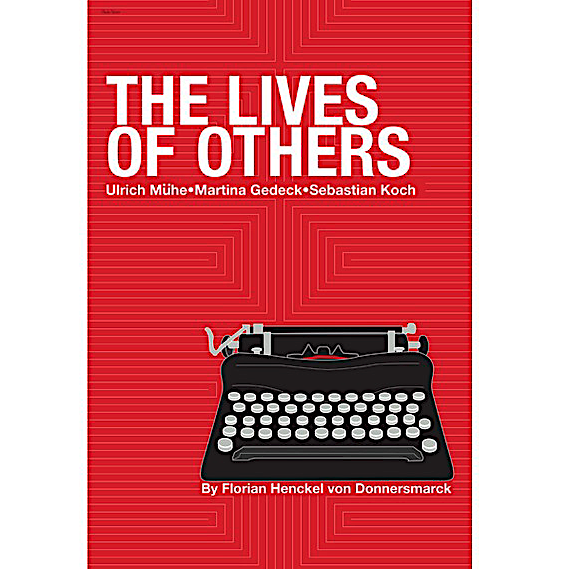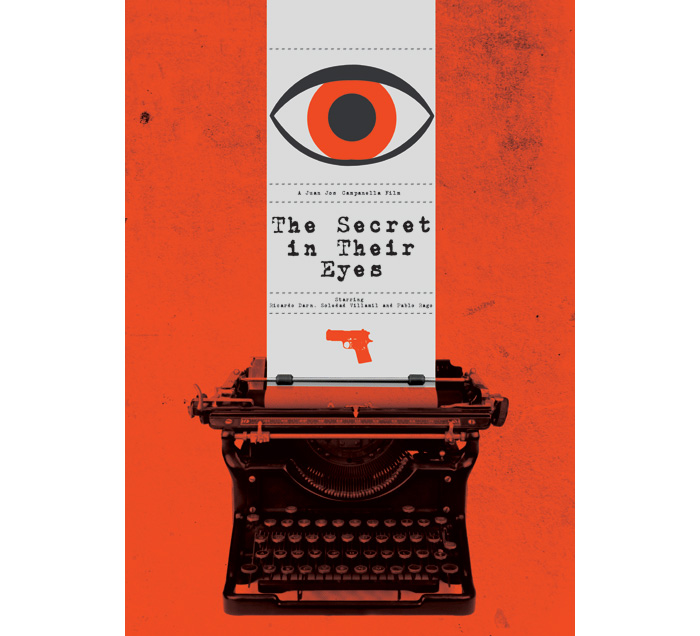We think of nature documentaries as primarily visual works. As well we probably should, given the countless, mostly dull and uncomfortable hours spent in the field they demand of their photography crews. But what comes to mind when we imagine the sound of nature documentaries — apart, of course, from the voice of David Attenborough? Listen closely during the breaks in his narration of such hit nature series as Planet Earth or Our Planet, and you’ll hear all manner of sounds: the sound of sharks swimming, of orangutans chewing, of spiders shooting their webs, of mushrooms sprouting. Hang on — mushrooms sprouting?
Nature documentaries, as narrator Abby Tang says in the Insider video above, are full of “sounds that would either be impossible to capture, or ones that are straight-up made up.” In this they differ little from scripted films, whose actual shoots usually manage to record only the actors’ dialogue, if that.
Working in the wild, far indeed from any studio, nature documentarians “might actually be shooting a subject matter that’s across a valley, or they’ll capture objects normally too small to have a registered noise to it.” Hence the need for a category of professionals previously featured here on Open Culture: foley artists, those inventive creators of footsteps, door-knocks, punches, sword-unsheathings, and all the other sounds viewers expect to hear.
Here foley artist Richard Hinton demonstrates his methods for breathing sonic life into a range of nature scenes. A shoal of mackerel? Old magnetic audio tape sloshed around in a tub of water. The vibrations of a spiderweb? A slinky, held perilously close to the microphone. The northern lights? A pair of cymbals and a set of wind chimes. Often, just the right sound emerges from those of two distinct objects layered together, a principle known to foley artists since the early days of radio drama. In fact, though foley sounds today go through a fair bit of digital editing and processing to make them more convincing, the tools and techniques used to produce them have changed little since those days. The next time you watch a bear onscreen open its eyes after months-long hibernation, consider the possibility that you’re hearing an Englishman making noises with scraps of fur and his mouth.
Related Content:
Chill Out to 70 Hours of Oceanscape Nature Videos Filmed by BBC Earth
How the Sounds You Hear in Movies Are Really Made: Discover the Magic of “Foley Artists”
How the Sound Effects on 1930s Radio Shows Were Made: An Inside Look
Based in Seoul, Colin Marshall writes and broadcasts on cities, language, and culture. His projects include the Substack newsletter Books on Cities, the book The Stateless City: a Walk through 21st-Century Los Angeles and the video series The City in Cinema. Follow him on Twitter at @colinmarshall or on Facebook.









